2025 Author: Howard Calhoun | [email protected]. Last modified: 2025-01-24 13:10:45
Copper and its alloys are used in various sectors of the economy. This metal is in demand due to its physicochemical properties, which also complicate the processing of its structure. In particular, the welding of copper requires special conditions, although the process is based on fairly common thermal treatment technologies.
Specific welding of copper blanks
Unlike many other metals and alloys, copper products are characterized by high thermal conductivity, which makes it necessary to increase the thermal power of the welding arc. At the same time, it is required to ensure symmetrical heat removal from the working area, which minimizes the risk of defects. Another disadvantage of copper is fluidity. This property becomes an obstacle in the formation of ceiling and vertical seams. With large weld pools, such operations are not at all possible. Even small volumes of work require the organization of special conditions with the use of restrictive liners based on graphiteand asbestos.
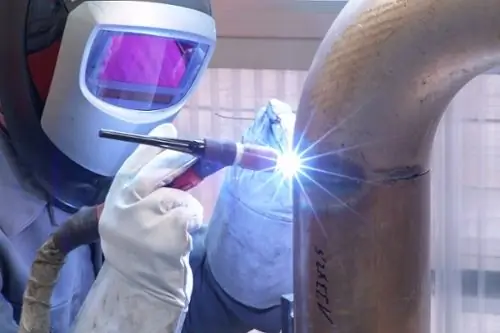
The tendency of the metal to oxidize also requires that special additives like silicon, manganese and phosphorus gels be used in some modes with the formation of refractory oxides. The features of copper welding include the absorption of gases - for example, hydrogen and oxygen. If you do not choose the optimal mode of thermal exposure, then the seam will turn out to be of poor quality. Large pores and cracks will remain in its structure due to active interaction with gas.
Interaction of copper with impurities
It is necessary to take into account the nature of the interaction of copper with various impurities and chemical elements in general, for the reason that in the process of welding this metal, electrodes and wires from different materials are often used. For example, aluminum can dissolve in a copper melt, increasing its anti-corrosion properties and reducing oxidizability. Beryllium - increases mechanical resistance, but reduces electrical conductivity. However, the specific effects will also depend on the nature of the protective environment and the temperature regime. So, welding of copper at 1050 °C will facilitate the entry of the iron component into the structure of the workpiece with a coefficient of about 3.5%. But in a regime of about 650 ° C, this figure will be reduced to 0.15%. At the same time, iron as such sharply reduces the corrosion resistance, electrical and thermal conductivity of copper, but increases its strength. Of the metals that do not affect such workpieces, lead and silver can be distinguished.
Basic copper welding methods
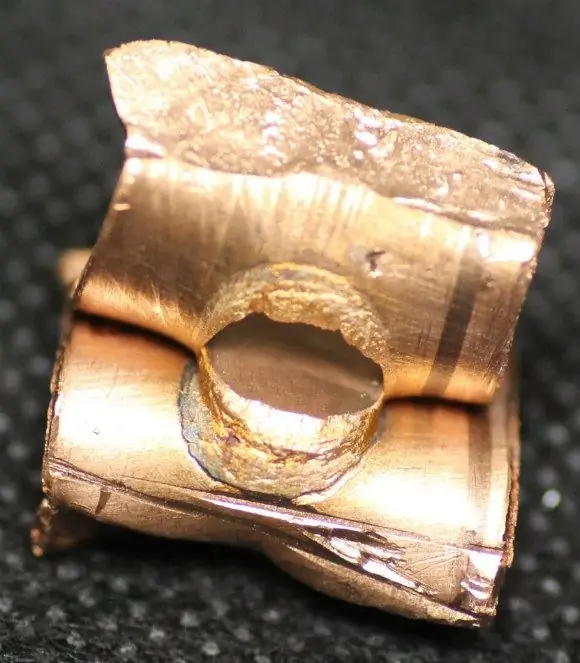
All common welding methods, including manual and automatic, are allowed in various configurations. The choice of one or another method is determined by the requirements for the connection and the characteristics of the workpiece. Among the most productive processes, electroslag and submerged arc welding can be noted. If it is planned to obtain a high-quality seam in a single operation, then it is advisable to turn to gas technology. This approach to welding copper and its alloys at low temperature gradients creates favorable conditions for deoxidation and alloying of the workpiece. As a result, the seam is positively modified and durable. For pure copper, arc welding techniques with tungsten electrodes and shielding gases can be used. But, most often they work with copper derivatives.
What equipment is used?
Pre-copper products can be processed on turning, grinding and milling machines in order to form dimensional blanks for welding. The industry also uses the plasma arc cutting technique, which allows cutting with almost perfect cutting edges. Direct welding of copper is carried out by argon-arc installations, semi-automatic devices, as well as inverter devices. The current strength of the equipment can vary from 120 to 240 A, depending on the size of the workpiece. The thickness of the electrodes is usually 2.5-4 mm - again, it depends on the complexity and volume of work.
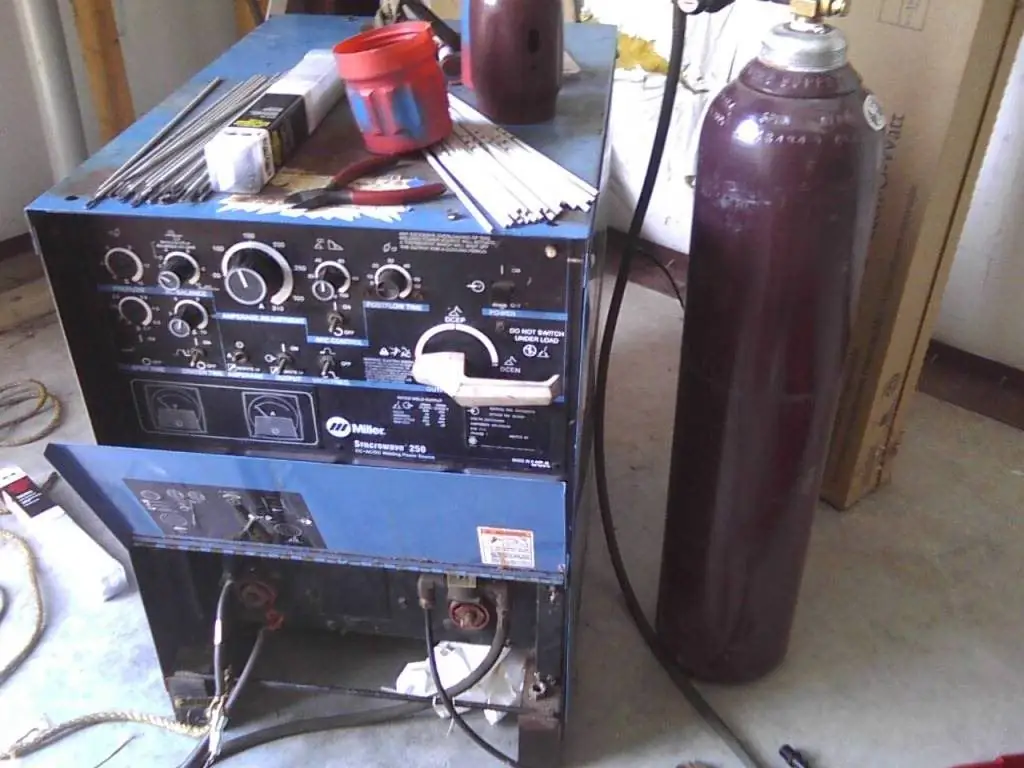
Copper argon welding
One of the most popular methods. In particular, the mentioned technique of argon-arc welding, which involves the use of tungsten electrodes, is used. During heating, copper interacts with oxygen, forming a dioxide coating on the surface of the workpiece. At this stage, the workpiece becomes pliable and requires the connection of a non-consumable electrode. For example, rods of the MMZ-2 brand provide optimal weld quality when welding copper with argon with protective media. If the task of a strong penetration of the workpiece is not set, then a lightweight version of welding in a nitrogen environment can be used. This is a good method of thermal action at low voltages, but an even greater effect in terms of weld quality can be achieved using combined gases. Experienced welders, for example, often use blends that are 75% argon.
Gas Welding

In this case, an oxygen-acetylene medium is used, due to which the flame temperature increases significantly. In the working process, a gas burner is used. This machine is good in its performance, but its limited adjustment options do not allow you to fine-tune the parameters of the weld pool.
Often used and the method of divided thermal exposure with the connection of two burners. One serves to warm up the working area, and the second - directly for gas welding of the target workpiece. This approach is recommended for thick 10mm sheets. If there is no second burner,then you can perform two-sided heating along the line of the future seam. The effect is not so high quality, but the main task is realized.
Allows gas welding technique and flux injection to obtain a clean joint structure. In particular, gaseous fluxes are used, like azeotropic solutions of boron methyl ether with methyl. The active vapors of such mixtures are sent to the burner, modifying the characteristics of the weld pool. The flame at this point takes on a greenish tint.
Features of carbon electrode welding
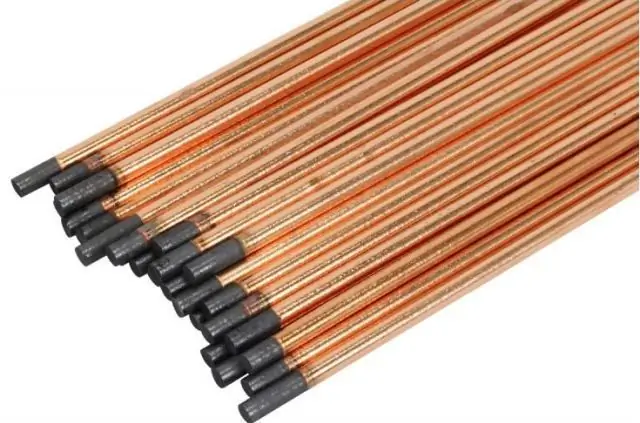
Arc welding method that is optimal for copper alloys. Its main distinguishing feature can be called ergonomics and versatility - at least in everything related to the mechanics of performing physical actions by the operator. For example, a welder can carry out manipulations directly in the air, using a minimum set of auxiliary protective equipment. This is due to the fact that carbon electrodes during the heating process give off a sufficient amount of thermal energy, on which low-power copper is welded. The process turns out to be inefficient, but the connection acquires all the necessary mechanical qualities.
Manual arc welding
The technology of this welding method involves the use of coated electrodes. This means that the connection will receive decent strength characteristics, however, the composition of the product structure will ultimately differ from the primary workpiece. Specific modification parameters are determined by the properties of alloying deoxidizers,which are present in the electrode coating. For example, components such as low-carbon ferromanganese, fluorspar, aluminum powder, etc. can be used in the active composition. This copper welding technology and independent production of coatings allow. Usually, a dry mixture is used for this, which is kneaded in liquid glass. Such a coating makes the seam more dense, but the electrical conductivity of the structure is significantly reduced. The general welding process with coated electrodes is characterized by high spatter, which is undesirable for copper.
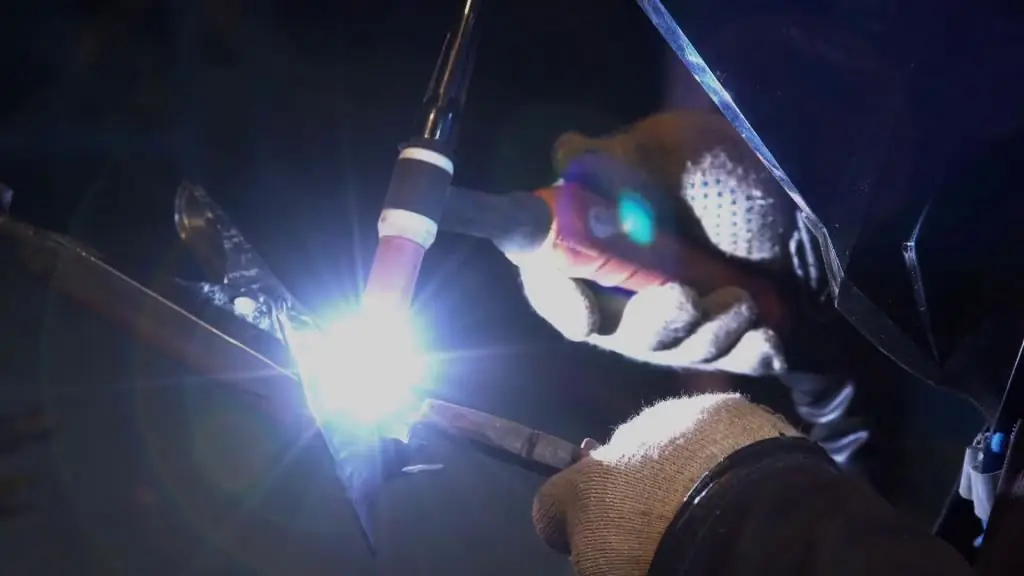
Submerged Arc Welding
The flux itself for welding with copper is needed as an arc stabilizer and, most importantly, as a protective barrier against the negative effects of atmospheric air. The process is organized using non-consumable graphite or carbon electrodes, as well as with consumable rods under a ceramic flux. If carbon consumables are used, then the electrodes for copper welding are sharpened to form a flat tip in the shape of a spatula. Filler material made of tombac or brass is also supplied to the working area from the side - this is necessary to deoxidize the structure of the seam.
The operation is performed on direct current with heating. Several protection barriers maintain the basic structure of the workpiece, although most often experienced welders seek to improve the composition of the material with alloy wire. Again, in order to prevent unwanted melt flows, it is recommended to initially provide a graphite substrate,which will also act as a form for the flux. The optimum operating temperature for this method is 300-400 °C.
Guarded Arc Welding
Welding events with the connection of inverters and other semi-automatic devices are carried out in gaseous media with wire feed. In this case, in addition to argon and nitrogen, helium can be used, as well as various combinations of gas mixtures. The advantages of this technique include the possibility of effective penetration of thick workpieces with a high degree of preservation of the mechanical properties of the workpiece.
Powerful thermal effect is explained by highly efficient plasma flows in a burning gaseous medium, but these parameters will also be determined by the characteristics of a particular inverter model. At the same time, the technique of argon-arc welding of copper is more preferable in relation to workpieces with a thickness of 1-2 mm. As for the protective function of the gaseous medium, it cannot be completely relied upon. There remains the risk of oxides, porosity and the negative effects of wire additives. On the other hand, the argon environment effectively protects the workpiece from oxygen exposure in the air.
Conclusion
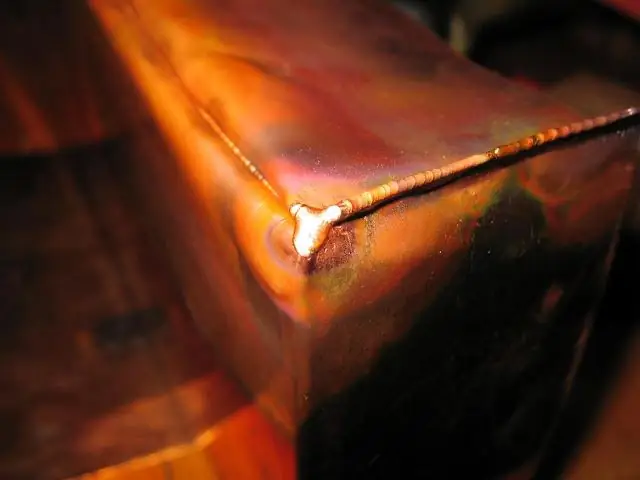
Copper has many features that distinguish it from other metals. But even within the general group of its alloys there are many differences, which in each case necessitate the search for an individual approach to choosing the optimal technology for forming a seam. For example, gas welding is suitable in cases where you need to get a strong connection in a large workpiece. However, newcomersthis method is not recommended due to the high safety requirements for working with burners and gas cylinders. High-precision small-format welding operations are entrusted to convenient and productive semi-automatic machines. An inexperienced operator can also handle such equipment, fully controlling the parameters of the workflow. Do not forget about the importance of gaseous media. They can be used not only as an insulator of the workpiece during welding, but also as a way to improve some of the technical and physical properties of the material. The same applies to electrodes, which can contribute a positive alloying effect.
Recommended:
Corrosion of aluminum and its alloys. Methods for combating and protecting aluminum from corrosion
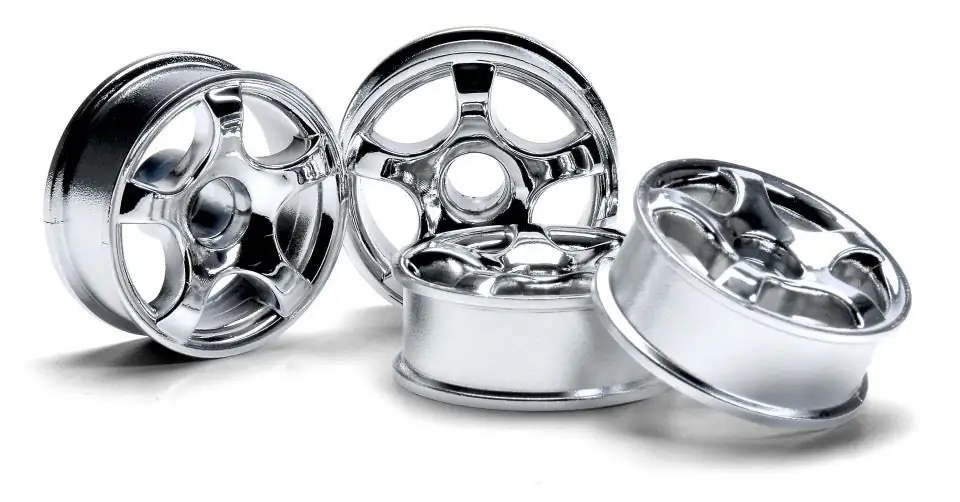
Aluminium, unlike iron and steel, is quite resistant to corrosion. This metal is protected from rust by a dense oxide film formed on its surface. However, in the case of destruction of the latter, the chemical activity of aluminum greatly increases
Heat-resistant alloys. Special steels and alloys. Production and use of heat-resistant alloys
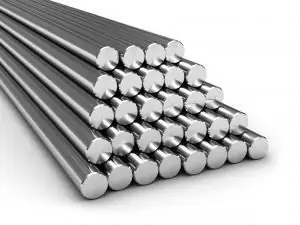
Modern industry cannot be imagined without such material as steel. We encounter it at almost every turn. By introducing various chemical elements into its composition, it is possible to significantly improve the mechanical and operational properties
Corrosion of copper and its alloys: causes and solutions

Copper and copper alloys have high electrical and thermal conductivity, can be machined, have good corrosion resistance, so they are actively used in many industries. But when it enters a certain environment, corrosion of copper and its alloys still manifests itself. What is it and how to protect products from damage, we will consider in this article
Butt welding: equipment, methods and process technology
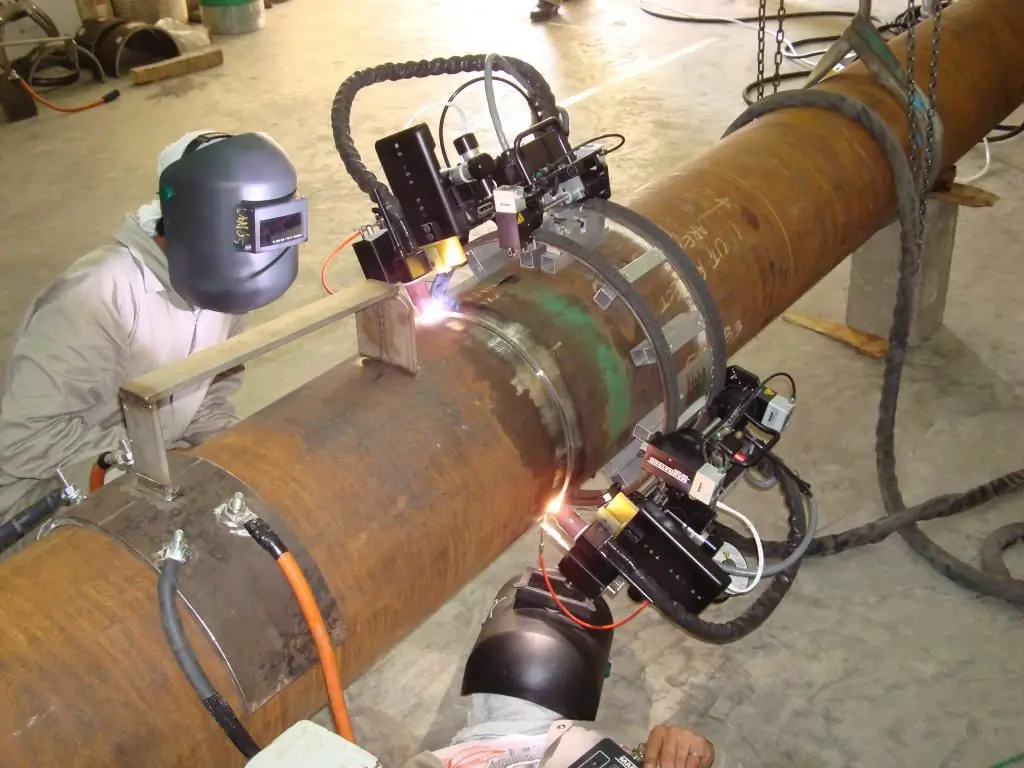
Features of flash butt welding. Types of butt welding joints, as well as equipment, methods and technology for carrying out the butt welding process. Welding seam defects arising from flash butt welding, as well as the reasons for their formation
Restoration of parts by welding and surfacing: methods and methods of restoration, features, technological process
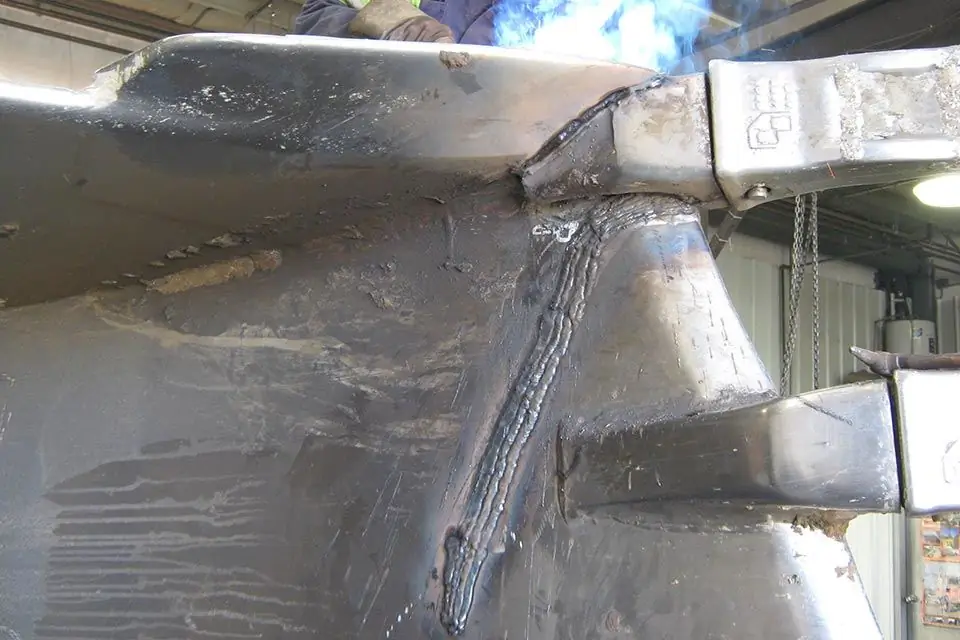
Welding and surfacing technologies allow efficient restoration of metal parts, providing a high degree of reliability and durability of the product. This is confirmed by the practice of using these methods when performing repair operations in a variety of areas - from car repairs to the production of rolled metal. In the total amount of work on the repair of metal structures, the restoration of parts by welding and surfacing takes about 60-70%

